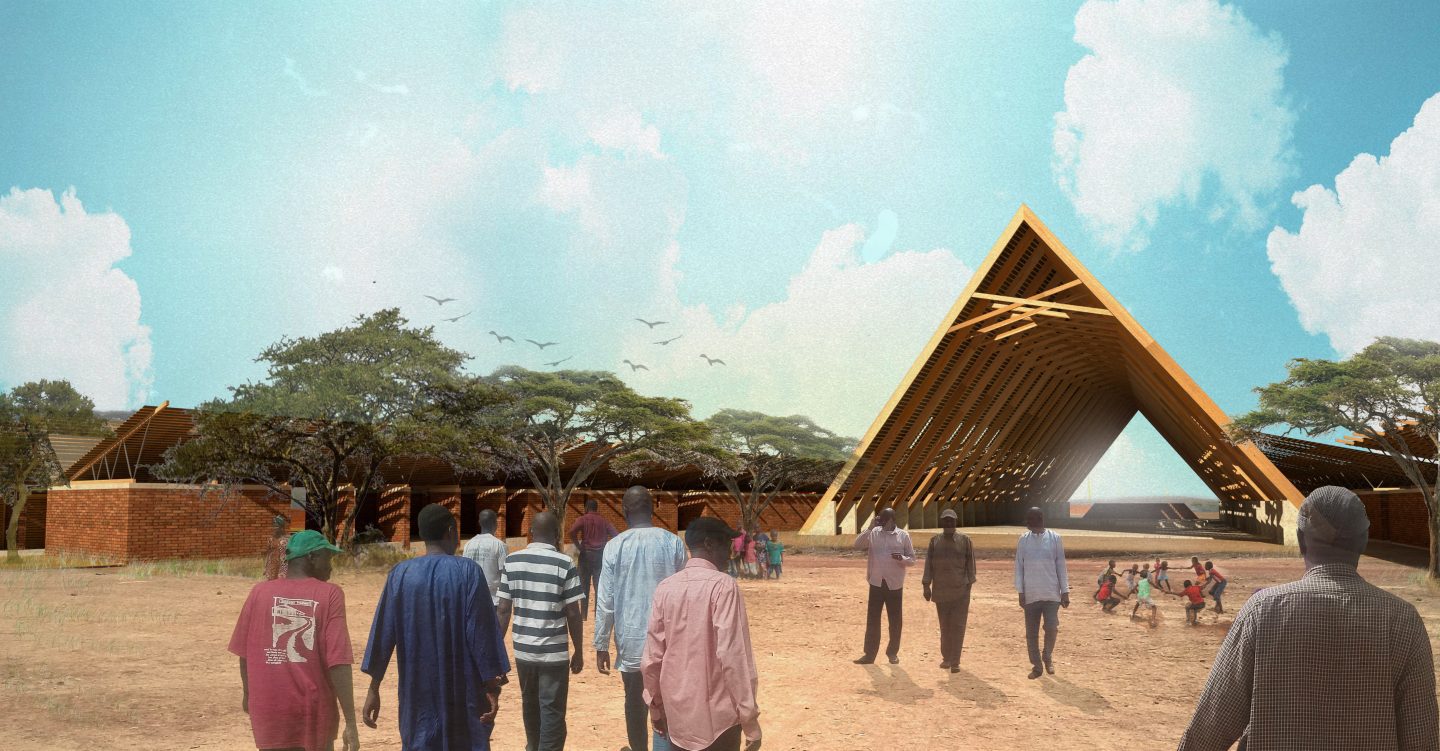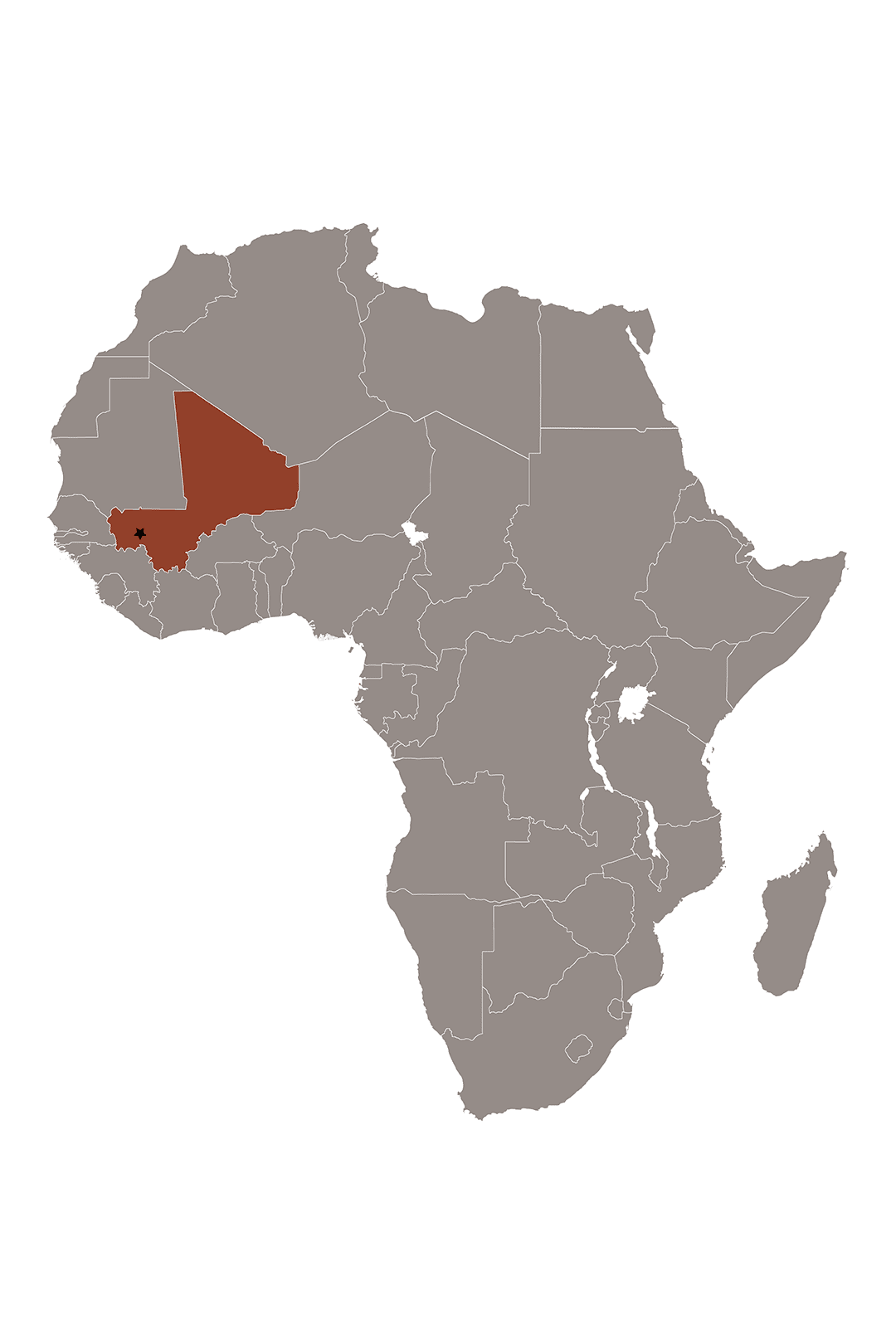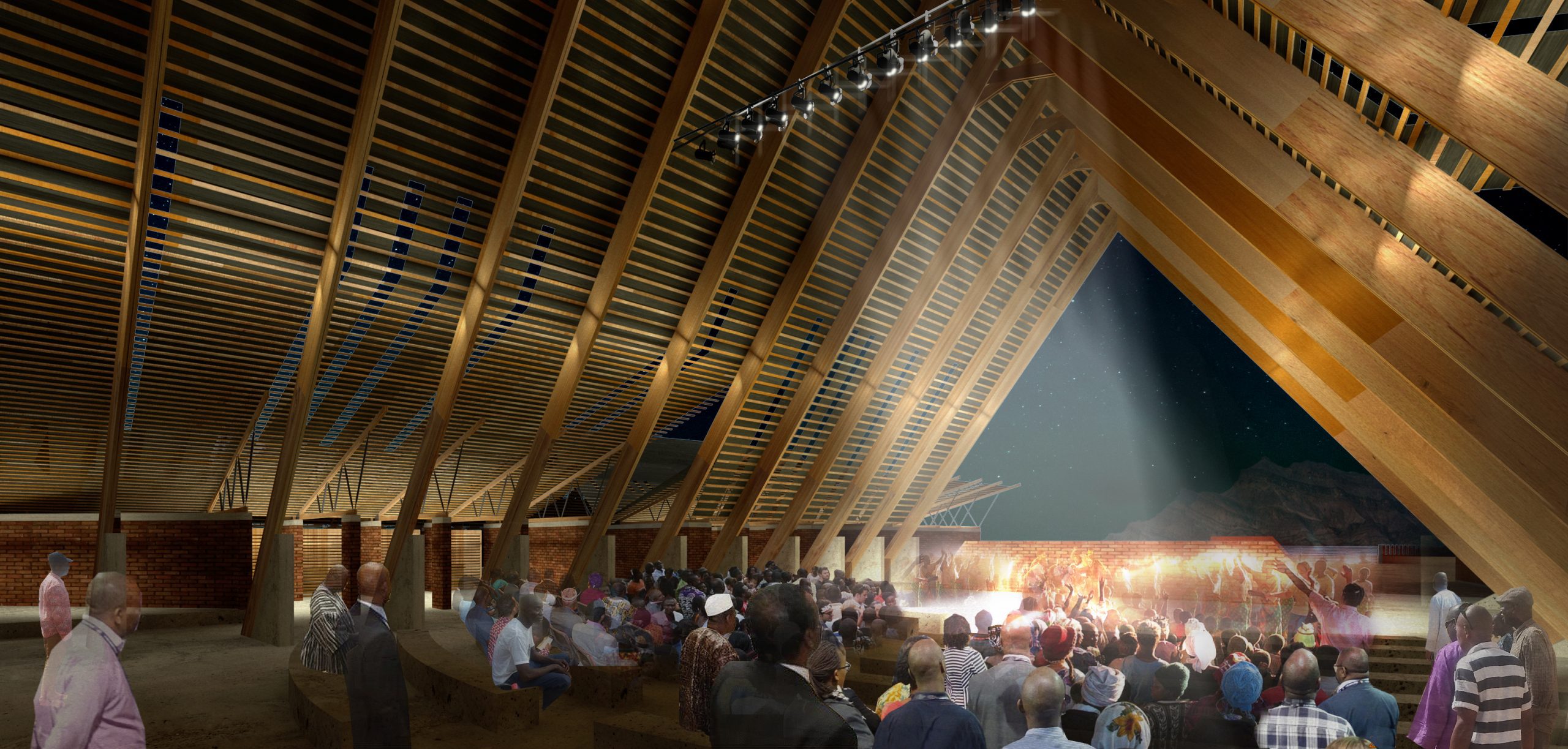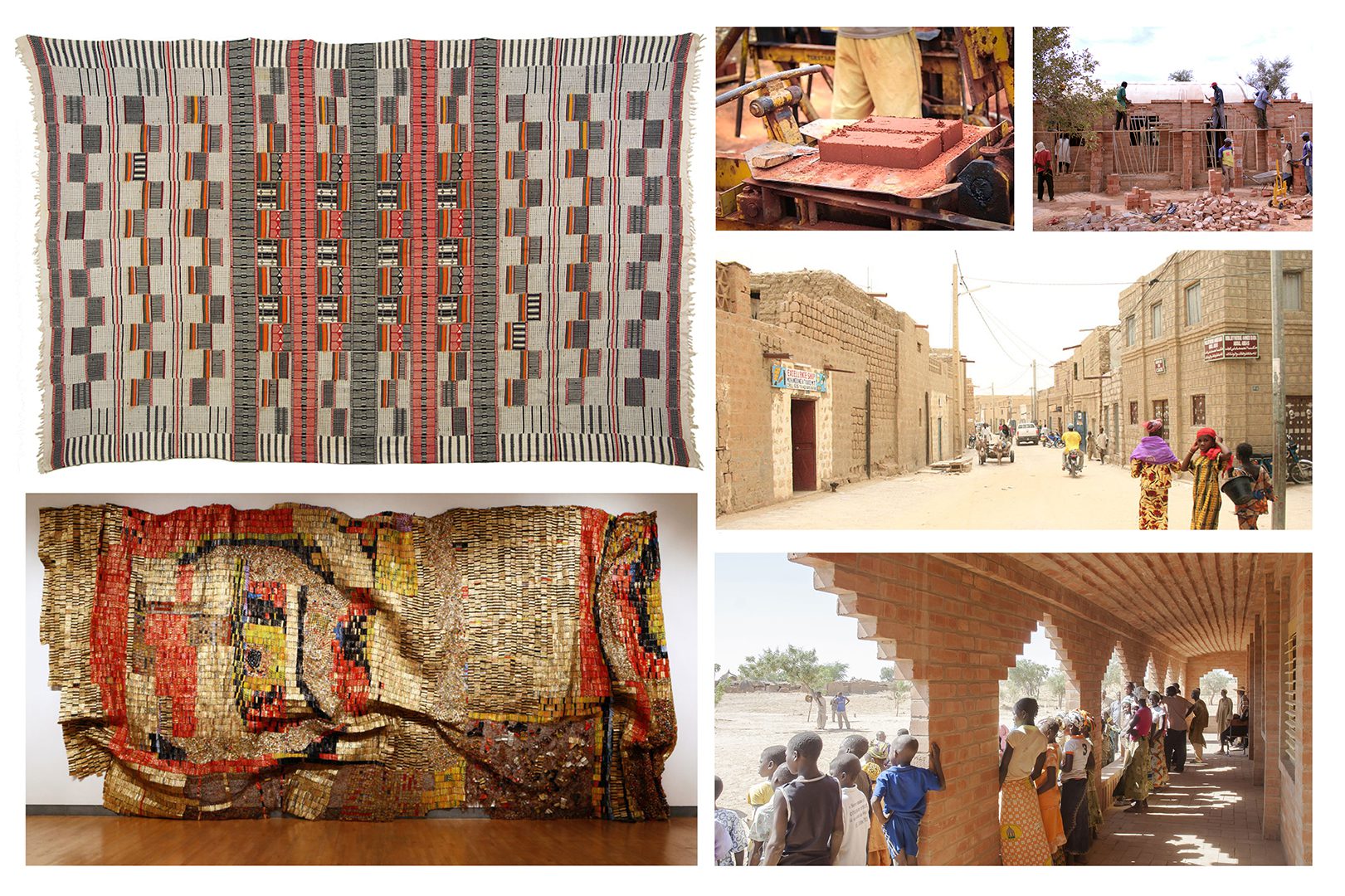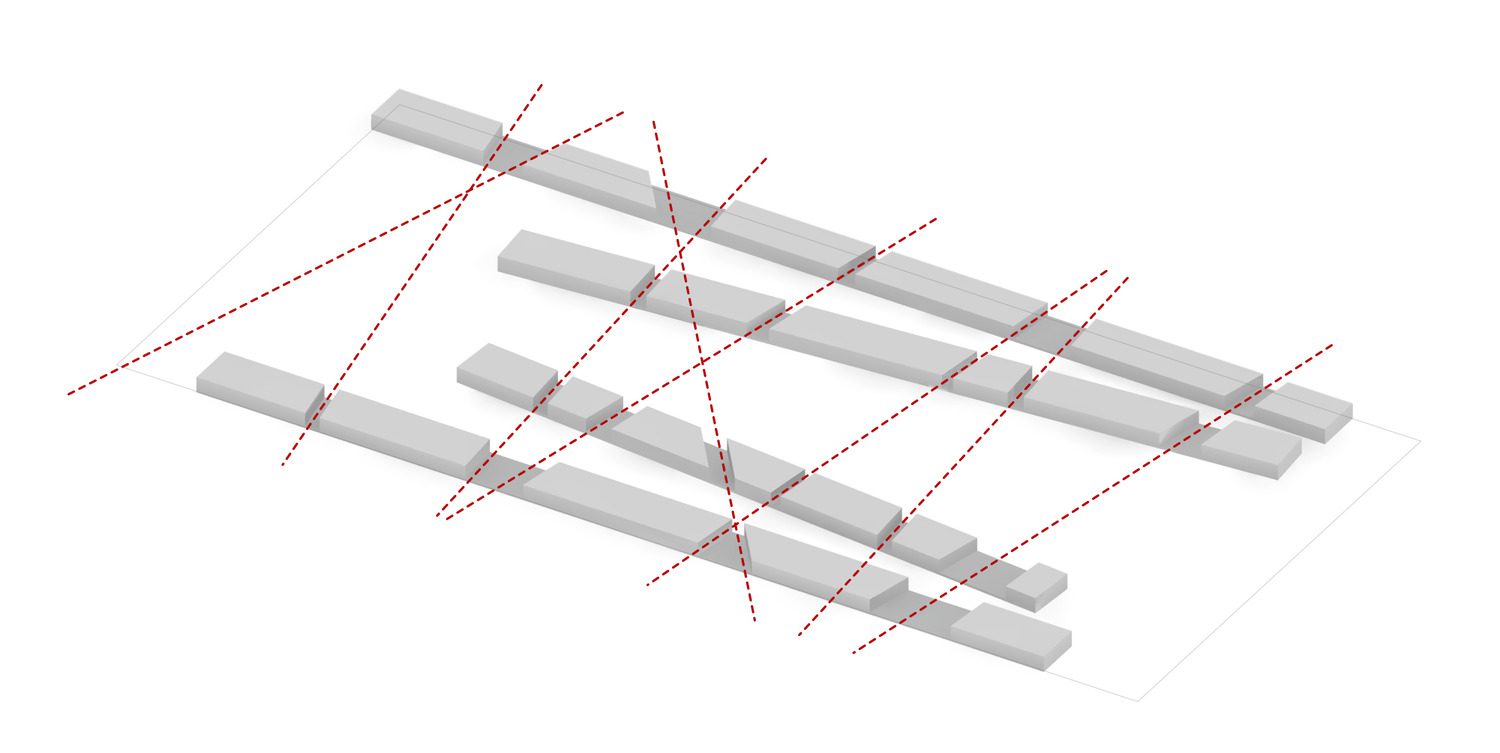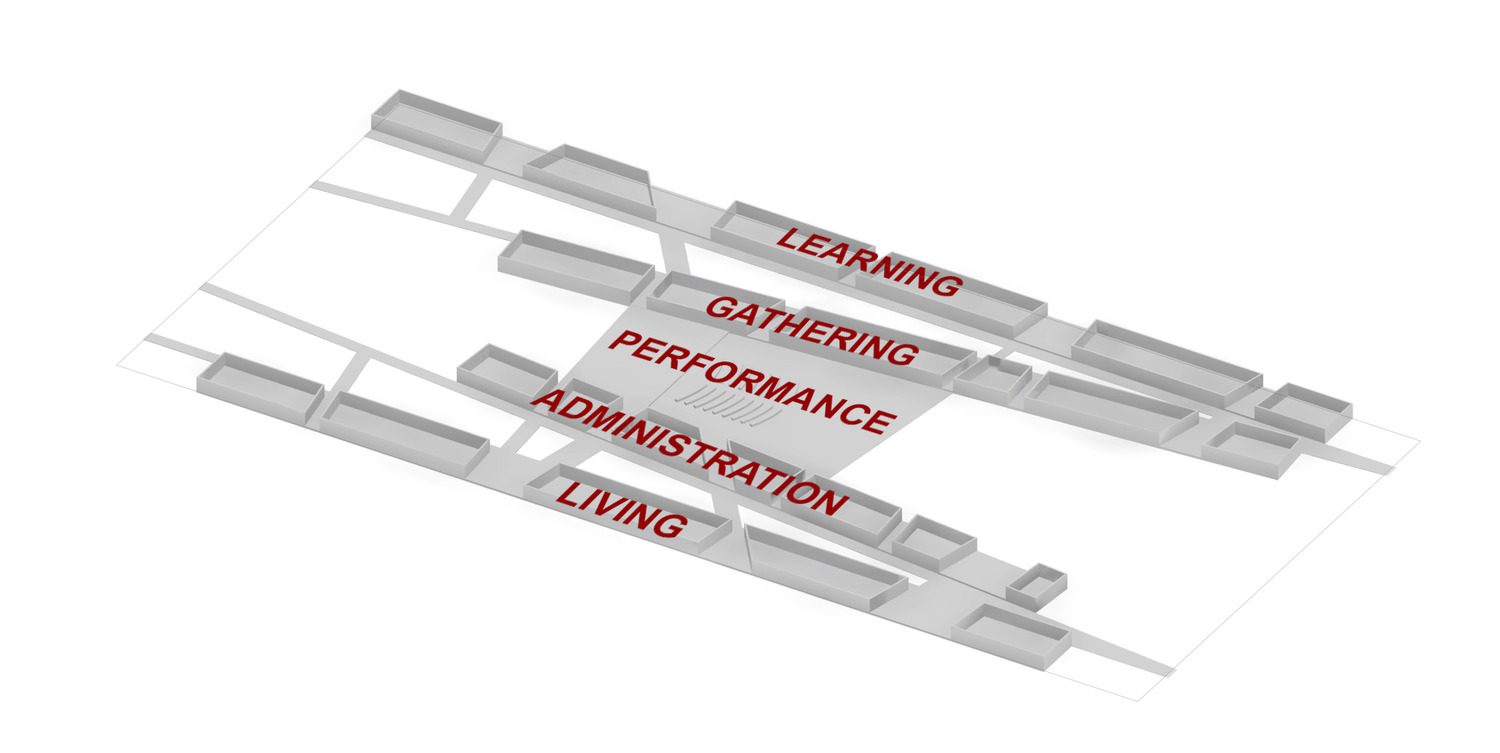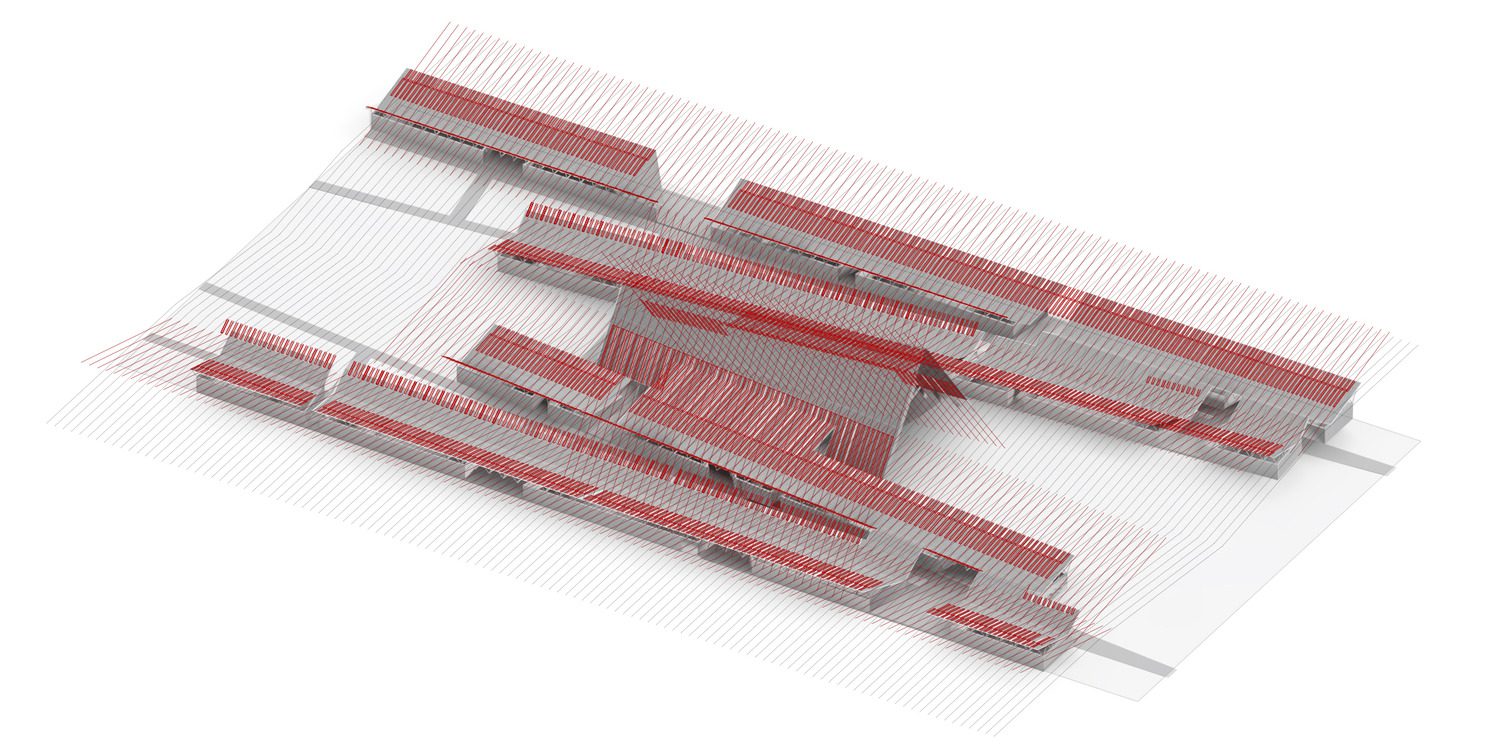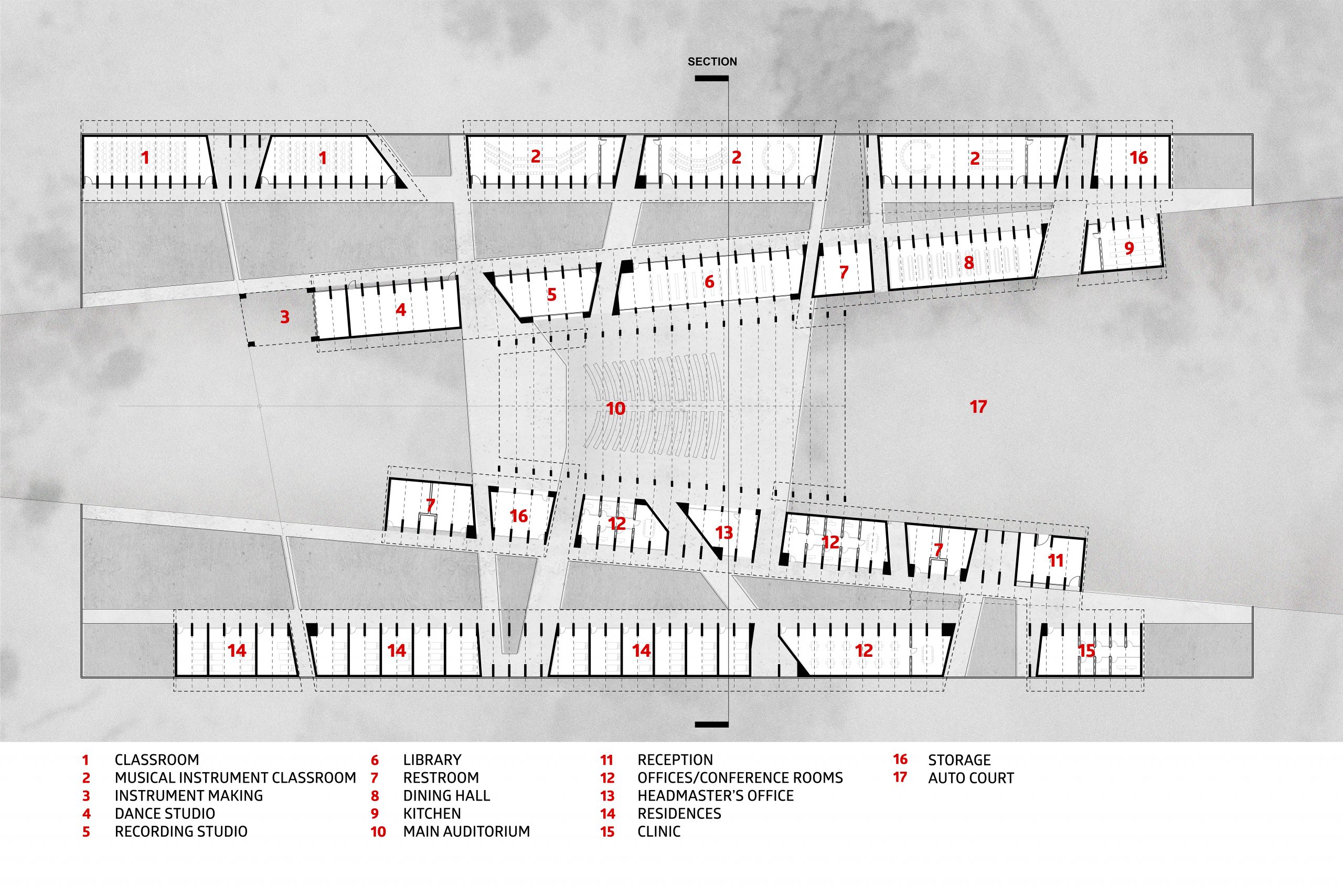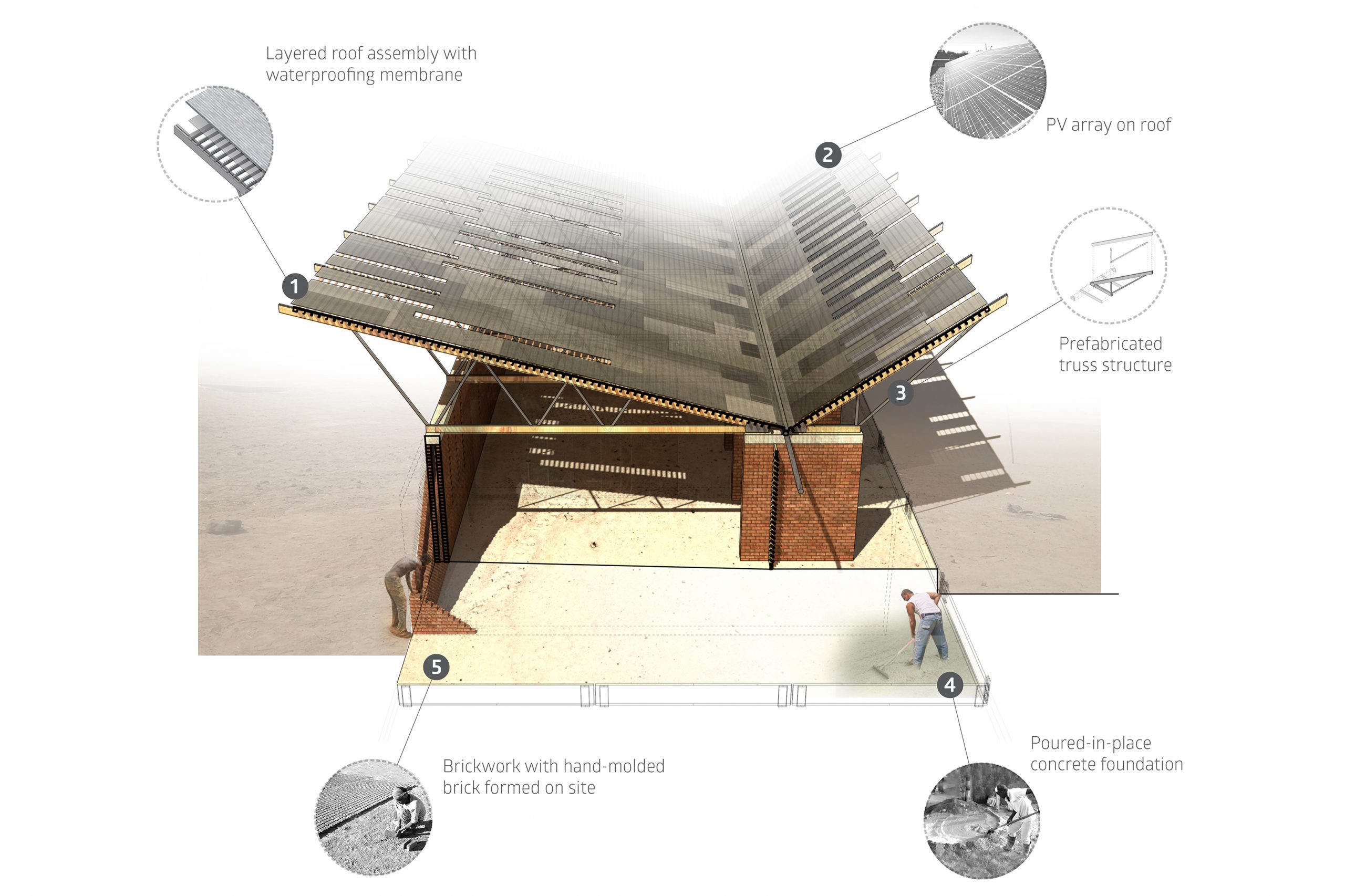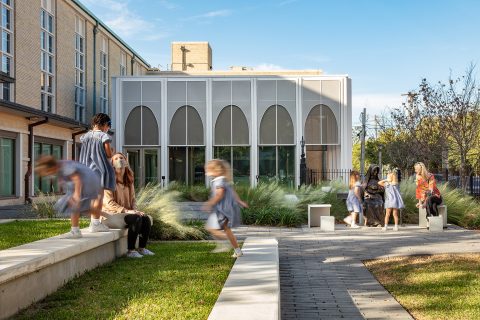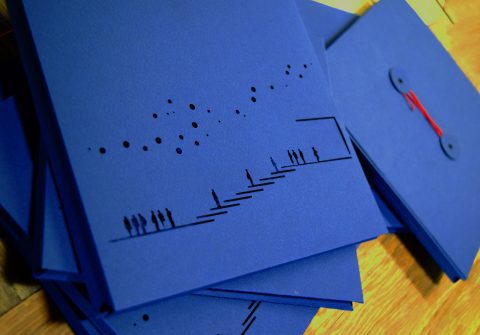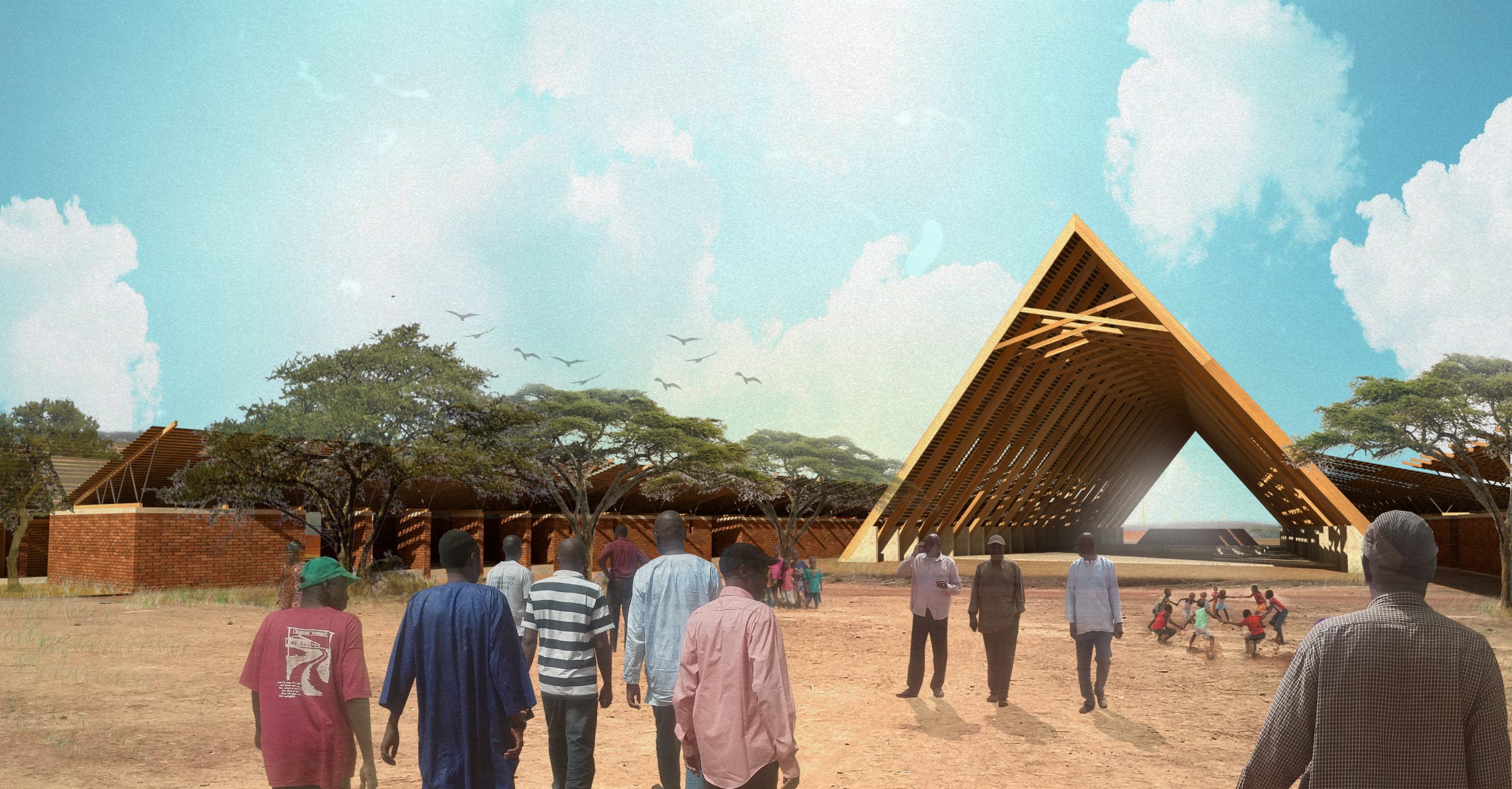
Cheick Hamala Diabate Institute for the Performing Arts
A monumental new performing arts institute in rural Mali.
The Cheick Hamala Diabaté Institute for the Performing Arts in Kita, Mali will manifest the dream of Malian Griot and musician, Cheick Hamala Diabaté by being a place of making and celebrating, in turn enhancing educational opportunities and the local economy. As a respected ambassador, holy man, storyteller, and musician, the Institute will be an extension of Cheick’s identity as a nurturing storyteller promoting people, place, and music throughout the world.
Performance
The beauty of design is its possibility—the new performance space creates opportunity for new programs, music festivals, and worldwide guests. It becomes a special place to nurture and celebrate Griot culture while supporting the preservation of Malian music and arts through cultural exchange for the entire region. By educating young musicians, dancers, and instrument makers, Cheick’s Institute will ensure the preservation and advancement of Malian performing arts and culture well into the future.
Inspiration
The Institute was designed as a self-sustaining, holistic campus for music, dance, instrument making, recording, and performing that will benefit the local community and economy. The design uses simple and powerful forms, indigenous materials and looks to local arts and crafts for inspiration.
Drawing inspiration from local textiles and artwork, as well as Kita’s organic network of streets and paths, our design laid out four elongated ‘bars’ that angle to create three shaded courtyards between, and an inviting central performance space. The steeply pitched roof of the performance hall defines the complex, framing views to Mt. Kita. Most of the spaces are open-air, with enclosure provided for instrument storage and repair, a recording studio, the medical clinic and kitchen.
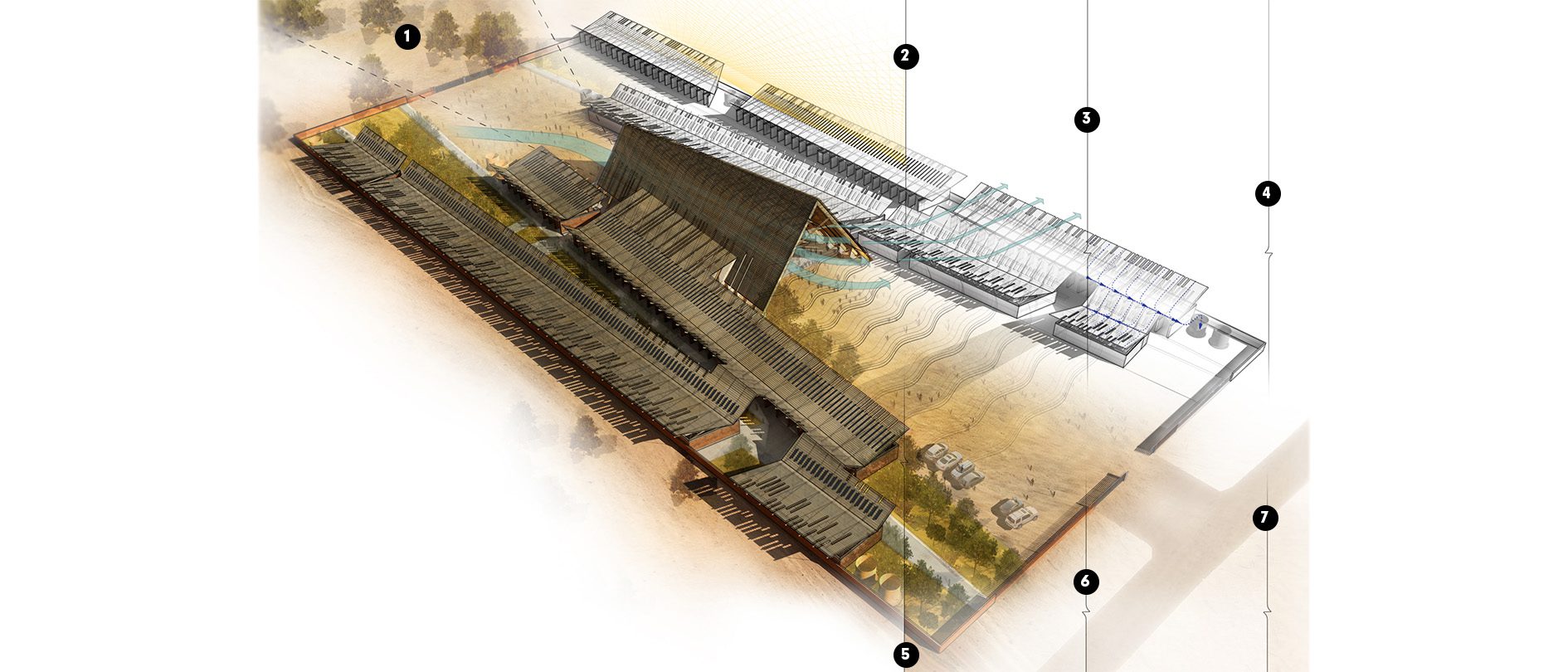
Sustainable Design Strategies: 1. View: Framed views of Kita Kourou (Mount Kita); 2. Sun: Photovoltaic panels on roofs to harvest sunlight; 3. Wind: Shape of roofs channel prevailing winds to maximize cross ventilation; 4. Rain: Roof system collects and directs rainwater to cisterns for storage; 5. Sound: Performance space shape promotes sound amplification; 6. Vegetation: Local plants of African Mahogany Tree, Thorn Apple Tree, Karira & Hanza Bush, & Fine Hood Grass; 7. Access: Main road provides access from Kita city center and railway
The Institute’s design is a reflection of its context by marrying traditional methods of construction with passive techniques—a critical choice as the site is not connected to any existing infrastructure. The metal roofs are folded to collect rainwater for cisterns while also encouraging air flow through the interior spaces. For power, PV panels take advantage of the abundance of equatorial solar days.
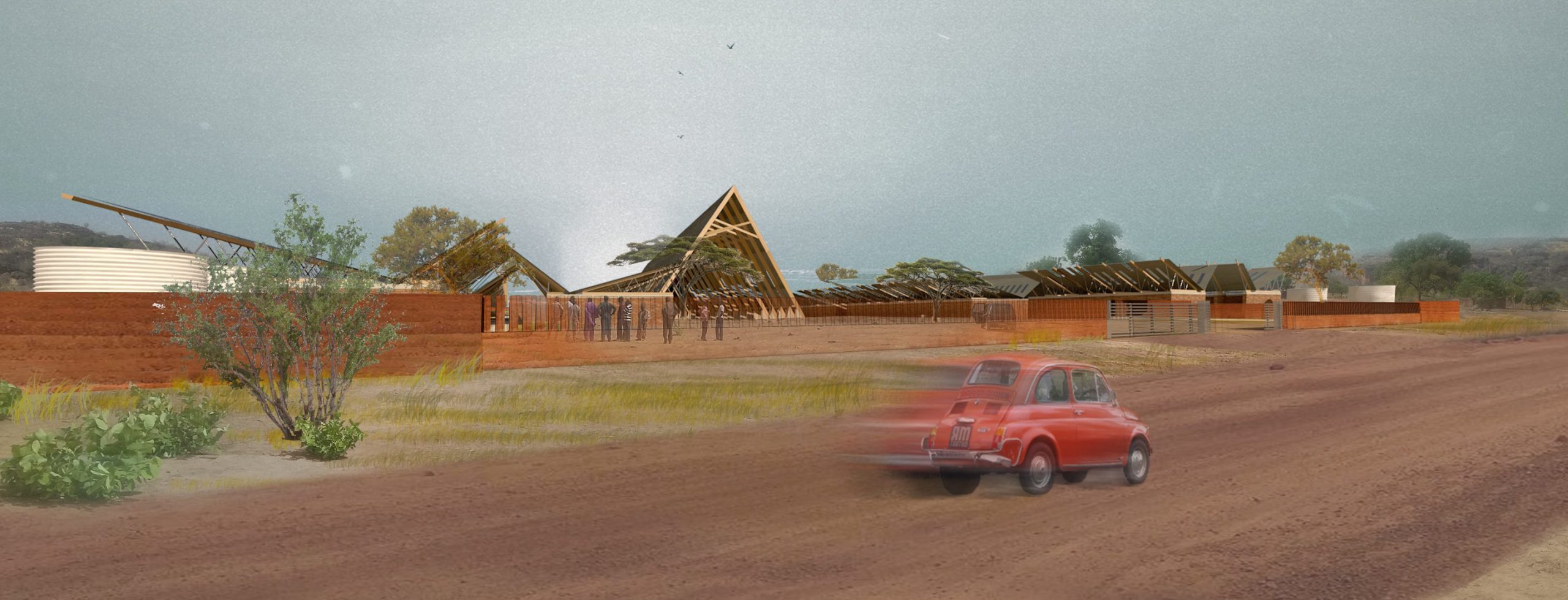
The music we Griots play is not just about making nice sounds for dancing, it’s about giving a lesson to people about their lives. You tell them about what their grandfathers did, and what they should do now.Cheick Hamala Diabate Malian Griot and Musician
-
Location
Kita, Mali
-
Size
33,000 sq.ft.
-
AIA New Orleans
Award of Merit
-
AIA Louisiana
Award Winner
-
AIA Kansas City
Award Winner
-
MIPIM/The Architectural Review Awards
Future Project Award
-
World Architecture and Design Awards
Award Winner
-
Associate Architect
Billes Architects
